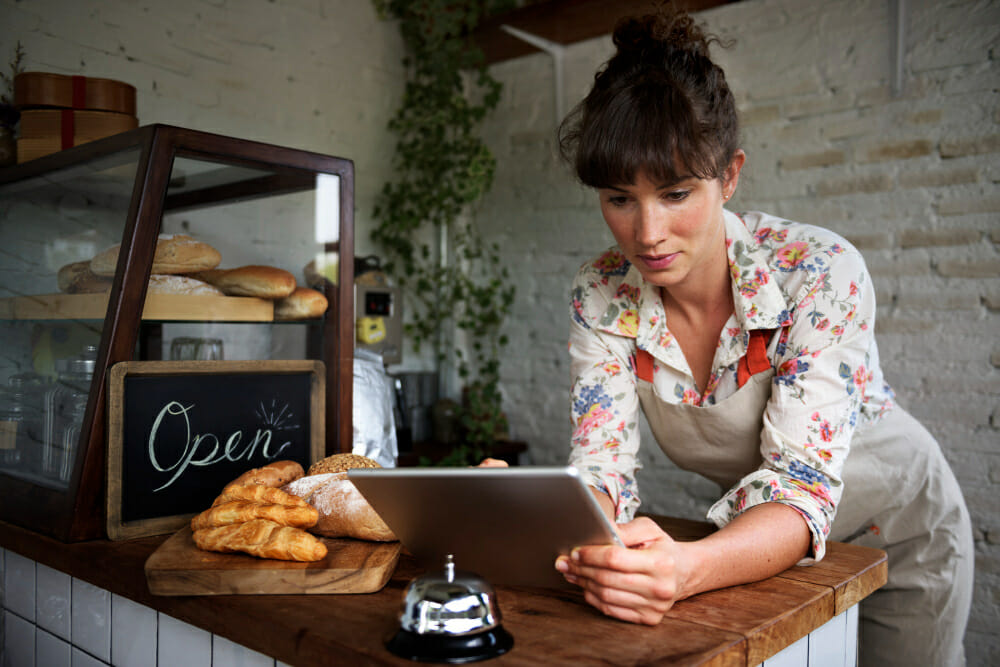Whether you’ve heard of them before or not, a flea market can make for a fun afternoon or a great profit depending on how you come at it. If you take the time to look around your area, you will likely find one or two flea markets that can offer you lots of sales potential if you understand what sells best at flea markets.
To understand what to sell at a flea market to make money, you must understand what a flea market is and how it operates. Additionally, you need to take the right steps to prepare and sell effectively at any market you go to. Before we dive into our best-selling flea market items list, let’s take a look at how to understand and thrive in the flea market world.
Understanding the Flea Market Economy
Since a flea market revolves around opinion and value that is hard to quantify, the best money makers at flea markets can often depend on circumstance and how well you sell your product. If you just put a price on an item, it does not mean that that value of the product is automatically set at that price. You can make some generous profits at a flea market, but you have to understand what people are going to be willing to pay for. To help with this, let us now take a look at some unique and popular items that are sure to make your next flea market sale a hit.
Unique Things to Sell at Your Local Flea Market

1. Soaps
Despite how simple soap may seem, there has been a recent surge in the desire for artisan and homemade soaps. Many younger buyers are rushing to local markets and stores to purchase homemade soap as they view it as more ecologically friendly and ethically derived. Because of this surge in demand, you can make your own soaps at home with relative ease for a nice profit.
Mixing together various ingredients and scents can yield soap varieties that get people coming back for more and wanting to become customers of your stall. With different types of soap, scented bath products, and any other number of niche fragrance goods, you can create a stall and even brand around products that are surging in popularity.
2. Antiques

Similar to the idea of soap, many younger buyers are looking at older goods for a refreshing look or finish in their homes. That old lamp you haven’t used in years could be just what a young couple is looking for to add character to their home. The antique section of flea markets is always popular as many people are looking for unique items to add some variety to their homes.
There is also some potential for you to sell something that is worth much more than you thought. Vintage watches, clocks, and even furniture can have a rich history that will have buyers paying top dollar for a slice of history. Knowing what you have and what it is worth could bring some attention and interest to your booth.
3. Electronics/ Appliances
Most flea markets are designed with families in mind, so selling electronics could be a gold mine. Young kids are always looking for new video games and tech to get their curious hands on so they can play and tinker all day. What this means for you is that any technology you or your family is no longer using is what could make some young kids’ day.
College students are also a great market to sell to as they are looking to get their hands on whatever they can afford. Lightly used appliances for the kitchen, living room, or man cave can all be great selling items for the tech loving buyer.
4. Vintage Clothing
Yet again, younger buyers are rushing to thrift stores and flea markets to get a taste of older times and fashions. If you have been holding onto older clothes that you haven’t worn in years, a flea market may be the best way to get rid of them for a profit. Even if you loved the clothing and got lots out of it, it is likely younger generations will do the same. If you need cash upfront to create an inventory, there are resources available. Title loans can be a great way to get fast cash.

5. Unique Food
Among the wholesale items to sell at flea markets, selling food can be a surprisingly popular option. Things like homemade honey, pickles, and baked goods are often a great way for people to end the day and go home with something to enjoy. If you like to bake or create foods of your own, a flea market could be a great way to turn your hobby or passion into a high-ticket item at flea markets.

What are Flea Markets?
You might still be scratching your head about what a flea market is. The first flea markets started all the way back in France where the markets were held by lower classes looking to trade their goods. The use of the word flea was once used as a derogatory term to speak to the uncleanliness of the lower class in the markets. Thankfully, modern flea markets are much more organized and sanitary that allows you to go to them for fun as a buyer and plenty of customers for a seller.
The best way to think of a flea market is like a garage sale with multiple sellers and buyers. Most flea markets are held outdoors on nice days and allow people to go from stall to stall buying generally used goods for a great price. You can sell things like antiques, food, and electronics that you no longer need or never needed in the first place. The wide variety of goods allows sellers and buyers to have a wider range of options when they want to sell or buy products.
Preparing for The Flea Market

Now that we understand what a flea market is and offers to sellers, let’s look at how you too can take part in the action. The best way to take part in a flea market is to understand how you can set yourself up for success before even setting up your stall.
1. Finding Your Gems
If you want to wow your customers and make some big sales, you need to find your items that will sell easily and for a good price. If you think it’s time to clear out your home and want to make some money, look around your home for some items that you think have some value. While we will look more in depth as to what you want to sell later, look around your home for things that you would want to buy at a flea market. It is better to go to a flea market with a few great items than to show up with a pile of junk.
2. Determining Reasonable Prices
It is best to have a general idea of what prices you want to charge for your goods before going to the market. While it is fun to haggle a bit with customers for a better deal, you need to understand what your minimum selling price has to be. Do some research as to what you have and what it is worth so you are not blindly guessing at what you could get for your items. For all you know, you could be selling something for pennies that could actually be worth much more.
3. Organizing Your Stall
Just like a well-organized retail store, you can either make or break your sales by the way your stall looks. Even if you just have a few items to sell, the way you organize and display your items can play a key role in how people perceive their value. People are looking for value in the products they buy from a flea market and that all starts with how they perceive your stall. It may not seem like a big deal but the way your stall looks can either catch attention or turn away potential customers.
Making the Most Out of A Flea Market

A flea market can be one of the best ways to get rid of some goods you no longer find a use for, but there are other unique ways to use these events. A rising trend at flea markets is to become a flea market flipper. What this means is that you go to the markets and look for goods you could sell elsewhere for a higher price. While it may take some digging, you could potentially score big if you know what you are looking for and what sells well.
Key Takeaways
Whether you are looking to sell your homemade jams or a television, flea markets offer bold sales potential for the invested seller. The best way to do well at a flea market is to show up with value to give and a smile on your face.






